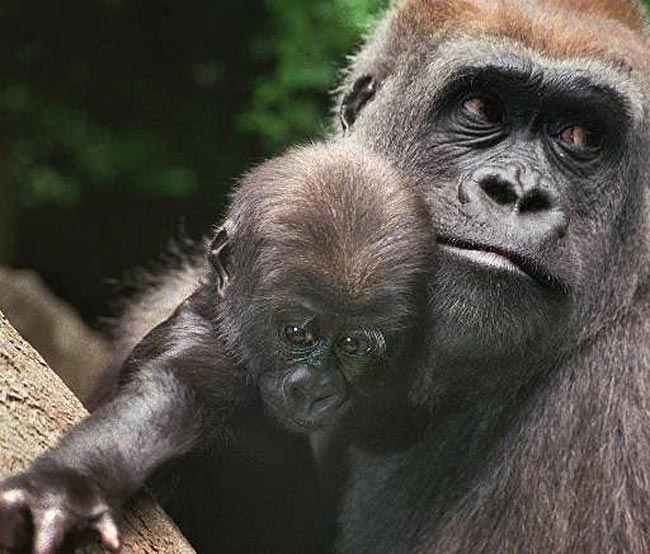More Species on Brink of Extinction

More than 16,300 species of animals and plants are on the verge of disappearing from the planet, with nearly 200 more species approaching extinction within the last year, according to the World Conservation Union's 2007 Red List of Threatened Species.
The annually produced list classifies species according to their extinction risk. Based on the latest figures, there are now 41,415 species on the Red List, with 16,306 threatened with extinction.
However, scientists say they have no clue how many species truly exist on the planet, as most have yet to be catalogued. Nonetheless, the Red List highlights risks to many visible species, including mammals and other large creatures.
“This year’s IUCN Red List shows that the invaluable efforts made so far to protect species are not enough," said Julia Marton-Lefèvre, director general of the World Conservation Union (IUCN). "The rate of biodiversity loss is increasing, and we need to act now to significantly reduce it and stave off this global extinction crisis.”
The IUCN says that the total number of recently extinct species has reached 785 this year, with another 65 species found only in captivity or in cultivation.
According to the 2007 Red List, one quarter of all mammals, one eighth of all birds and one third of all amphibians are jeopardy. Animals aren't the only species in danger, as 70 percent of the world's plants that have been assessed are at risk of disappearing.
Of our closest relatives, gorillas and orangutans are both classified as Critically Endangered (the last step on the list before Extinction status). Gorillas have been decimated by local human conflicts, the commercial bushmeat trade and the Ebola virus, with a 60 percent decline in their populations in the last 25 years. Orangutans are threatened by burning and logging of their forest homes.
Get the world’s most fascinating discoveries delivered straight to your inbox.
The Yangtze River Dolphin, reported to be extinct several weeks ago and thought later to have been recently spotted, is listed as Critically Endangered and Possibly Extinct due to habitat destruction from pollution and river traffic.
Corals were added to list the list for the first time this year.
People are the main reason for most species' decline, whether through direct means such as over-hunting or indirect means such as the introduction of invasive species.
- Top 10 Species Success Stories
- Greatest Mystery: How Many Species Exist on Earth?
- Images: Endangered and Threatened Wildlife

Andrea Thompson is an associate editor at Scientific American, where she covers sustainability, energy and the environment. Prior to that, she was a senior writer covering climate science at Climate Central and a reporter and editor at Live Science, where she primarily covered Earth science and the environment. She holds a graduate degree in science health and environmental reporting from New York University, as well as a bachelor of science and and masters of science in atmospheric chemistry from the Georgia Institute of Technology.


